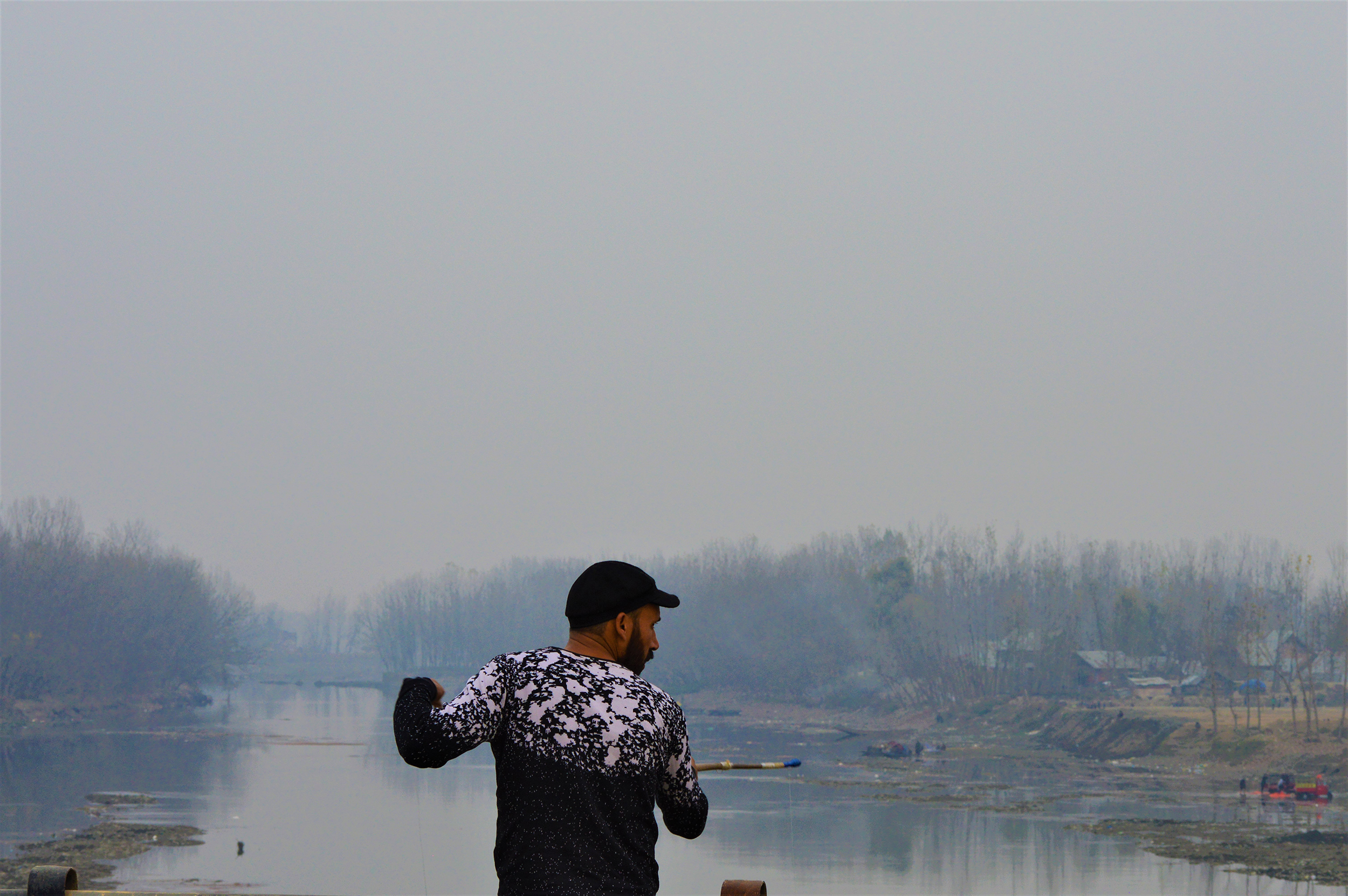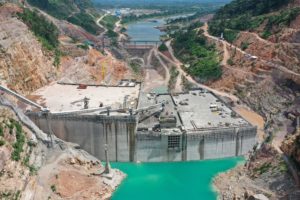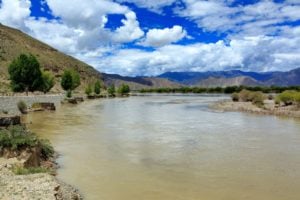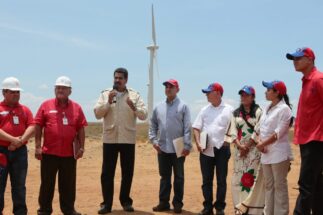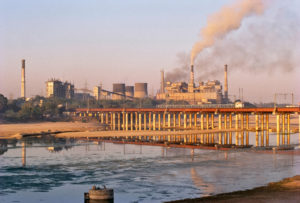The Jammu & Kashmir Expert Appraisal Committee (JKEAC) – which approves or denies environmental clearances (ECs) to projects – has decided that it cannot process the sand mining cases pertaining to the Jhelum river for grant of environmental clearance.
The fresh recommendations from JKEAC are significant as the committee and various stakeholders such as Jammu and Kashmir’s flood control department, public works department and fisheries department were facing pressure from top authorities which had been insisting on fast-tracking of environmental clearances to sand mining projects.
“…the Committee (JKEAC) recommended that all the in-stream cases relating to river Jhelum pending before JKEAC and those in pipeline in the office of JKEIAA/JKEAC, may be returned to the project proponents on the grounds of ‘being not in conformity with the provisions/ stipulations under National Sand Mining Management Guidelines, 2016 issued by Ministry of Environment, Forest and Climate Change and JK Water Resources Act, 2010’,” reads the recommendation part of the minutes of the 17th meeting of JKEAC which was held October 21-22 via video conferencing.
“While examining the mining blocks on multi-date/multi-season high resolution Google Earth satellite images one by one, the Committee observed that all the mining blocks are located in the centre of flowing water channel of river Jhelum and the cases are sheer in-stream commercial mining proposals,” reads another section of the minutes.
As reported by The Third Pole earlier, over 250 mineral blocks in the Jhelum and its tributaries (which include sand, boulders and gravel) were auctioned by Jammu & Kashmir’s geology and mining department over the past few months. Most of the successful bidders are from outside the region. Mining rights were extended for the first time to bidders outside Jammu and Kashmir after downgrading Jammu and Kashmir’s special status under the Indian Constitution on August 5 last year.
Mineral survey questioned
JKEAC has expressed its inability to appraise the riverbed mining projects pertaining to River Jhelum as the District Survey Reports (prepared by geology and mining department) which are supposed to identify the locations of minor minerals on the basis of scientific studies including replenishment data, do not conform to the guidelines of India’s Ministry of Environment, Forests and Climate Change (MoEFCC).
Following the inputs given during a crucial meeting regarding the issuance or denial of ECs to project proponents, the geology and mining department of Jammu and Kashmir government has been held responsible by JKEAC for “unscientifically identifying and e-auctioning mining blocks in River Jhelum without any due diligence, investigation or technical inputs from Kashmir’s Irrigation and Flood Control Department”. The latter department is the sole custodian of all rivers and streams of Jammu and Kashmir as per Jammu and Kashmir Water Resource Act.
“The representative of the geology and mining department was unable to explain and justify why his department conceptualised and conceived minor mineral mining blocks in River Jhelum which is always in full flow and its bed remains under water all through the year,” an attendee at the meeting said, speaking on the condition of anonymity. Mining in such conditions, the experts have observed, “is nothing but in-stream mining” which is strictly prohibited by MoEFCC.
During the meeting, the experts, quoting MoEFCC’s 2016 guidelines on sustainable sand mining management, have also observed that these guidelines allow for removal of river bed material only for maintenance and regulation purposes; that too by those authorities which regulate or own them as per legislation. Only the irrigation and flood control department of Jammu and Kashmir has this authority when it comes to the Jhelum.
“The control of the bed and banks of all water sources, navigation channels, intake channels, city channels and flood spill channels together with all works that affect the hydraulic conditions in the State shall be under the Irrigation and Flood Control Department,” The 2010 Jammu and Kashmir Water Resource Act states.
Considering the frequent flood threats from Jhelum and its tributaries, the irrigation and flood control department in Jammu and Kashmir has a large authority over the region’s river systems and its approval is mandatory for any extraction of resources from them.

Jammu and Kashmir is not the only region battling confusion and illegality over riverbed mining. Numerous cases of violence and death are linked to it, revealed a seminar report on sand mining in north Indian rivers released by the South Asian Network on Dams, Rivers and People (SANDRP). The online seminar “Is Sand Mining Killing Our Rivers” was organised on October 31 by the India Rivers Forum.
An overview presented by SANDRP at the seminar revealed some stunning details about sand mining in north Indian rivers. For example, 31 people including 15 children and a journalist have been killed over the past two years because of sand mining. As much as 166.5 million tonnes of sand has been extracted and consumed in north India (excluding Delhi and Jammu & Kashmir) in financial year 2017 with Uttar Pradesh topping the list (101 million tonnes). Among the most affected rivers in northern India are the Beas, Chenab, Jhelum, Ganga, Sutlej and Yamuna.
In Himachal Pradesh, the report revealed that proliferation of infrastructure projects including real estate, buildings and hydropower projects has been the “key reason behind increased pressure on rivers” to supply the growing demand for sand and gravel.
“There has been no information on carrying capacity and replenishment study. The latest information about the amount of riverbed minerals being extracted, number of illegal mining cases being registered and convictions in courts are not put in public domain,” the report said. SANDRP alleged that the miners-politicians-officials lobby is strong and the orders of National Green Tribunal (NGT) and various state high courts are not being implemented effectively.
In Uttarakhand, the report said, there is an attempt to allow more mining spots and deeper mining in rivers. “Influence of mining lobby in government decisions is apparent. Early in 2019, it has first allowed mining within 100 metres distance of either side of bridges which was previously restricted up to 1 km by Nainital High Court. The government then has doubled the depth limit for minerals excavation from 1.5 m to 3 m.”
According to the report, a huge sand mining scam was exposed in 2015-16 in Punjab and it became an election issue for 2017 state assembly elections. “(But), the situation has virtually remained unchanged.”
In Haryana, the government has allowed mining in all the districts adjoining the Yamuna River on the pretext of flood protection work, the report revealed. It alleged, “Most of the districts have not prepared district survey reports and managed to secure clearances on the basis of falsely prepared reports. Inspection teams by Punjab and Haryana, Delhi HC and NGT have found river flows obstructed and diverted by miners causing change in natural flow path of the river.” Fourteen persons including nine children have drowned in the deep mine pits in the Yamuna riverbed in the last two years, the report added.
